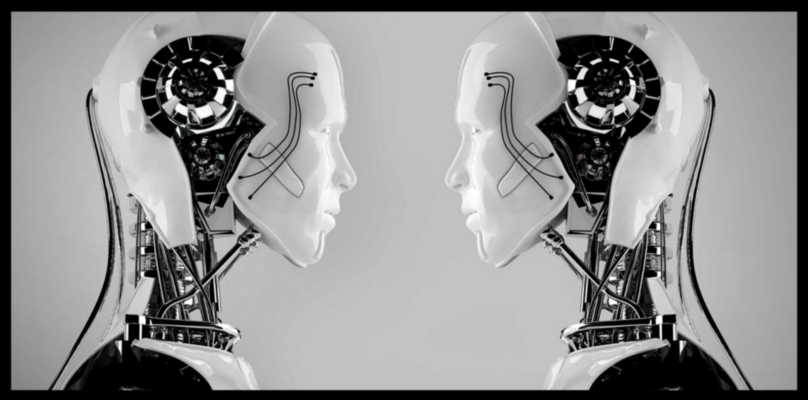What’s The Difference?: Artificial Intelligence vs Machine Learning

Artificial Intelligence is deemed to be the next big thing in the IT world- a technology which has been talked about for more than half a century. The current scene is buzzing with the terms “AI” and “Machine Learning”, which sometimes get mixed up or appear interchangeable. They can seem to be the same thing, however they’re not quite, which may lead to some mix-ups.
What is clear at a first glance is that the term AI is older than Machine Learning, the second being more accurately state-of-the-art. A short definition of the terms would be:
Artificial Intelligence is a broad concept which underlines the ability of machines to carry out tasks in a “smart” way.
Machine Learning is an application of AI which is the idea that machines should be given access to information to allow them to learn for themselves.
The idea of AI has been around for hundreds, if not thousands of years, with notions of it dating back to Ancient Greece. However, up until recently AI has taken very rudimentary forms. The evolution of AI is very much due to our advancements in understanding the human brain and the mind’s inner workings.
AI forms have now been determined to fall into one of two categories: applied (weak) or general (stong). The most common type of AI is applied, which can be found in systems such as smart cars and the likes of Siri.
The second subset; generalized AI ( strong AI) are devices which could handle any task ideally. These are far less common, but the notion refers to systems developed to the point where the machine’s intellectual capability rivals and is equal to a humans’ from the point of view of functionality. The notion of “Machine Learning” developed from this area and this is where things start to become even more exciting.
The Birth of Machine Learning
Machine Learning has two important roots. One is when back in 1959 Arthur Samuels realized that instead of teaching computers all that they need to know it could be possible for them to learn for themselves. He went on to create a computer checkers application that was one of the earliest programs able to learn from its own mistakes and improve its own performance over time. The second, was the internet. The amount of digital information stored and created made it possible.
Programming computers in such a way as to get them to think like humans and then plugging them to the internet became a reality.
Much like AI, Machine Learning lost traction for a while, but became popular once again in the 1990s once the internet and data mining gained ground. Data mining and machine learning are similar in that they use algorithms to search for patterns in a set of information. Machine learning however takes it a step further, changing the system’s behaviour based on what it learns.
Neural Networks
Neural networks have been intrinsic when teaching computers to understand and think the way we do. It’s a computer system that is programmed to function by sorting and classifying information in the same way the brain does.
Built on a system of probability, neural networks work around data fed to them, which makes them able to make decisions, predictions or statements. Machine learning applications can read text and deduce whether whoever wrote it was making a positive or negative statement. Furthermore, they are also able to listen to pieces of music and decide if it is melancholy or upbeat, and what feelings it instils in people.
Machine learning systems have also been able to create music of their own, following patterns which they know will be liked, based on data they’ve received. Due to our desire, also spurred on by science fiction, to interact with machines as naturally as we do with other humans, Natural Language Processing (NLP) has also emerged.
NLP is a way to understand the way humans communicate. This can be in either written or spoken for and it attempts to replicate that and reply to us in a similar natural language. Machine learning comes in use here when aiding machines in understanding all the different nuances and tones of human language.
AI and Machine Learning are certainly trendy topics now. They’ve come back into fashion now that we have advanced as far as we have. The more we start understanding the human brain, the more this information will help in creating a complete AI form. Our centuries old fascination with this type of machine is gaining traction and it will be exciting to see how far it goes.
Are you looking for a new role in the Salesforce or MS Dynamics market? Click here to see our live opportunities.
